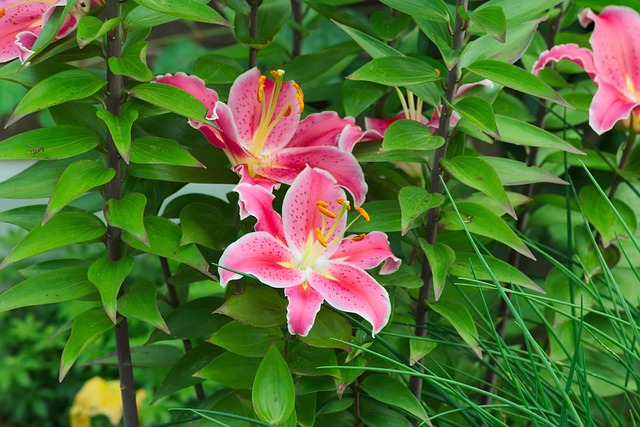This article introduces a beautiful Japanese proverb that compares feminine grace to three magnificent flowers. “Tateba shakuyaku, suwareba botan, aruku sugata wa yuri no hana” describes the ideal beauty in Japanese culture through flower metaphors: standing tall like a peony, sitting elegantly like a tree peony, and walking gracefully like a lily. We’ll explore the meaning behind these poetic comparisons, the seasonal significance of these flowers, and how this traditional expression continues to influence Japanese aesthetic sensibilities today.
The Poetic Expression of Beauty in Japanese Culture
In Japanese culture, beauty has always been described through poetic comparisons to nature. One of the most elegant traditional expressions is a proverb that compares a woman’s beauty to three magnificent flowers: “Tateba shakuyaku, suwareba botan, aruku sugata wa yuri no hana” (立てば芍薬、座れば牡丹、歩く姿は百合の花). This translates to “Standing like a peony, sitting like a tree peony, walking like a lily.”
This beautiful expression has been cherished in Japan since the Edo period (1603-1868) and continues to be recognized as the perfect description of feminine grace and beauty.
The Three Flowers and Their Symbolic Beauty
The Peony (Shakuyaku) – Beauty in Standing
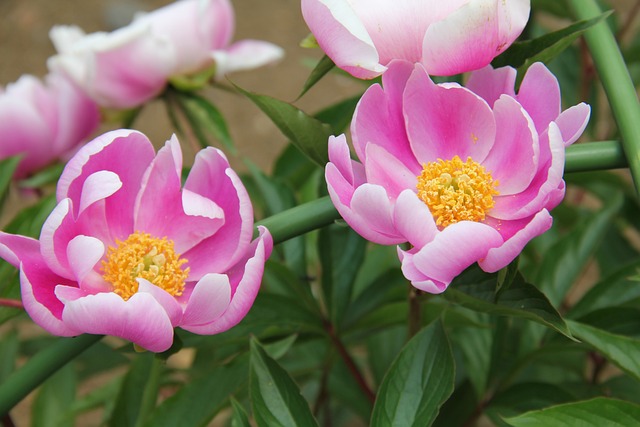
The Chinese peony (Shakuyaku) is known for its tall, straight stems topped with lush, round blossoms. When a woman stands with elegant posture and dignified presence, she is compared to this magnificent flower. The peony blooms in late spring with delicate pink or white petals, creating a striking yet graceful appearance.
In Western culture, peonies are often associated with romance and prosperity, but in Japan, the standing peony represents:
- Graceful posture
- Dignified presence
- Elegant bearing
The Tree Peony (Botan) – Beauty in Sitting
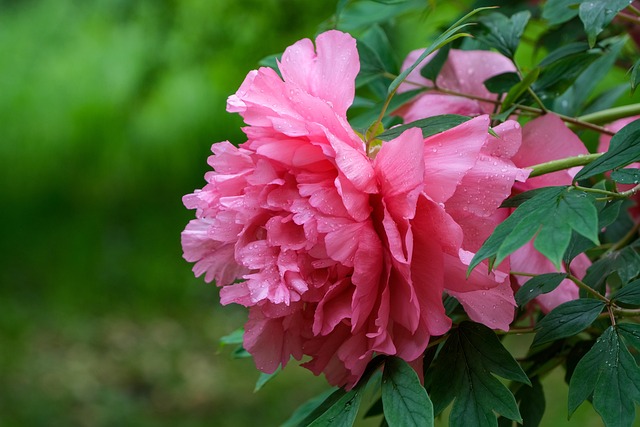
The tree peony (Botan) is considered the “King of Flowers” in Japan. Unlike the herbaceous peony, the tree peony has woody stems and produces even larger, more dramatic flowers. When seated, its full-bodied bloom rests with perfect composure and elegance.
A woman who sits with perfect composure and refined manners is compared to this noble flower. The comparison suggests not just physical beauty but also inner grace and poise.
Tree peonies symbolize:
- Noble bearing
- Refined elegance
- Composed beauty
The Lily (Yuri) – Beauty in Movement
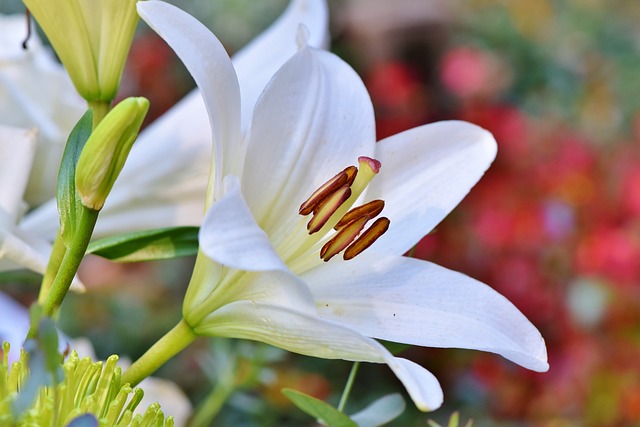
The lily (Yuri) has tall, slender stems that sway gently in the breeze. Its flowers point outward or sometimes downward in a modest yet captivating manner. When a woman walks with fluid grace and gentle movement, she is likened to the lily.
The comparison to a lily suggests:
- Graceful movement
- Natural elegance in motion
- Gentle, flowing steps
The Seasonal Progression of Beauty
Interestingly, these three flowers bloom in sequence throughout the spring and early summer:
| Flower | Blooming Period | Beauty Aspect |
|---|---|---|
| Chinese Peony (Shakuyaku) | Late April to May | Standing beauty |
| Tree Peony (Botan) | April to early May | Sitting beauty |
| Lily (Yuri) | June to July | Walking beauty |
This sequential blooming creates a natural progression of beauty throughout the seasons, suggesting that true beauty is ever-present but takes different forms as time passes.
Beyond Appearance: The Medicinal Connection
There is another fascinating interpretation of this proverb related to traditional herbal medicine. In Japanese and Chinese herbal traditions:
- Standing and irritability (Ki ga tatsu) could be treated with peony root
- Sitting discomfort and blood stagnation could be treated with tree peony bark
- Walking difficulties could be helped with lily bulb
This dual meaning shows how deeply interconnected beauty, nature, and well-being were in traditional Japanese thought.
Modern Relevance of an Ancient Expression
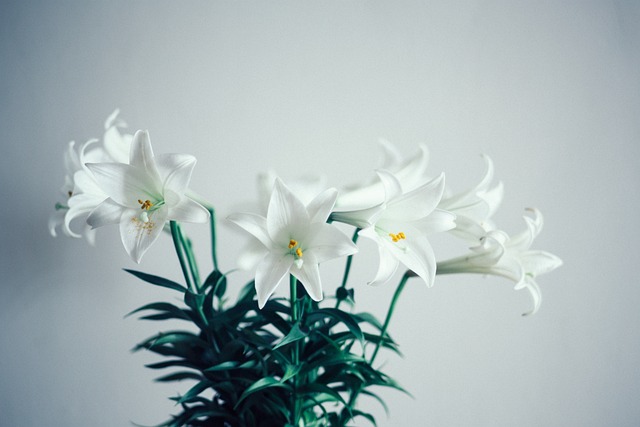
While this proverb originated in a time when Japanese women were expected to embody certain ideals of femininity, today we can appreciate it as a poetic tribute to the harmony between human grace and natural beauty.
The expression remains popular in contemporary Japan as a way to compliment not just physical appearance but also:
- Mindful presence in different situations
- Adaptability while maintaining grace
- Natural elegance that comes from within
Appreciating Traditional Beauty Concepts
For visitors to Japan, understanding expressions like this offers insight into traditional Japanese aesthetics. While modern beauty standards have evolved, many Japanese still appreciate these classical ideals that connect human beauty to the natural world.
Next time you see these three magnificent flowers, you might remember this poetic expression and appreciate how different cultures find unique ways to describe beauty through the language of nature.
Conclusion
The Japanese proverb “Standing like a peony, sitting like a tree peony, walking like a lily” offers us more than just a poetic description of beauty—it provides a window into Japan’s deep appreciation for the natural world and the harmony between humans and nature. These three flowers, each blooming in their own season, remind us that beauty takes many forms and can be found in every aspect of our bearing and movement. Whether you’re interested in Japanese culture, flower symbolism, or timeless expressions of beauty, this ancient saying continues to inspire and delight people around the world. Next time you encounter these magnificent flowers in gardens or floral arrangements, take a moment to appreciate the centuries of meaning and beauty they represent in Japanese tradition.
